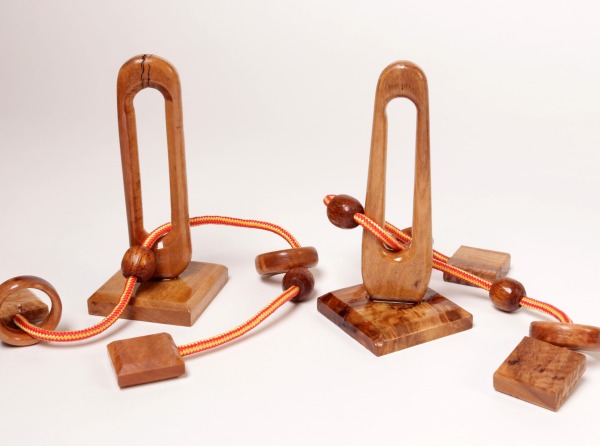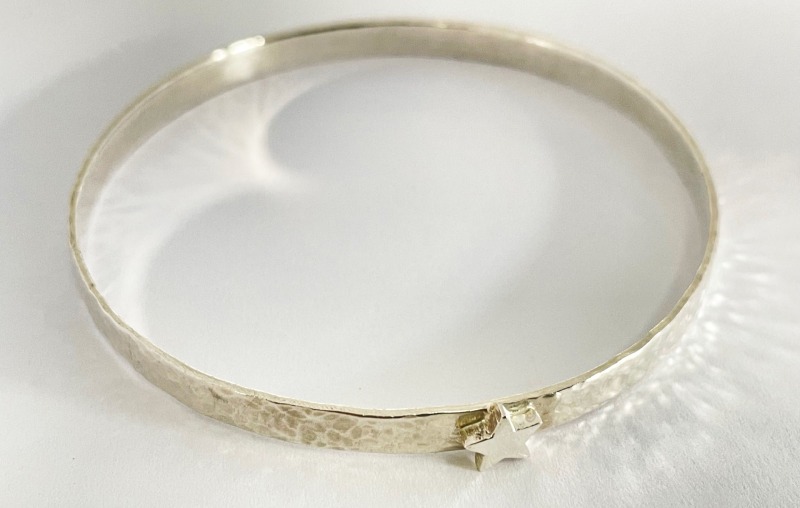Woodworking
Our Year 10 Woodwork students have been exposed to a variety of specific woodworking tools, machines, and processes through the projects they have been carrying out so far this semester. The ‘Lord of the Rings’ puzzle – made from local timbers – gave students exposure to the processes of machining rough-sawn timber and preparing it for use. Students then followed taught processes using fixed machines including the wood lathe, the drill press, and the bandsaw to create puzzle components, before employing a variety of hand power tools including the trim router and jigsaw with jigs and templates to complete all components of the puzzle before assembly.
Students have also been working to produce a wooden dish on the wood lathe. Students laminated timbers of contrasting colours to create interest in their design, before machining, rough shaping, and then finally turning the dish on the wood lathe.
Familiarity with safety requirements and competence in the use of a variety of tools and equipment assists in preparing students for future work roles in trades or creative fields.

Creating Jewellery
Materials Design and Technology Jewellery students in Year 11 and 12 have been learning about the process of silver casting, either to cast ingots or to make jewellery objects directly. One Year 12 student took on an ambitious task of making her entire project from recycling collected sterling silver offcuts. The silver was melted down and cast into an ingot, before being continually annealed, rolled, and drawn into usable stock to produce her bracelet. This task required the student to employ a vast range of skills which she did successfully.
Additionally, students have been casting objects such as rings and charms using Delft clay moulds. This requires students to design and draw up the object in AutoCAD, before laser cutting a template. The template is then pressed into Delft clay to create a negative impression, before the molten silver is poured into the mould. Once the silver has cooled, students then extract the casting from the mould and refine and polish the item.




